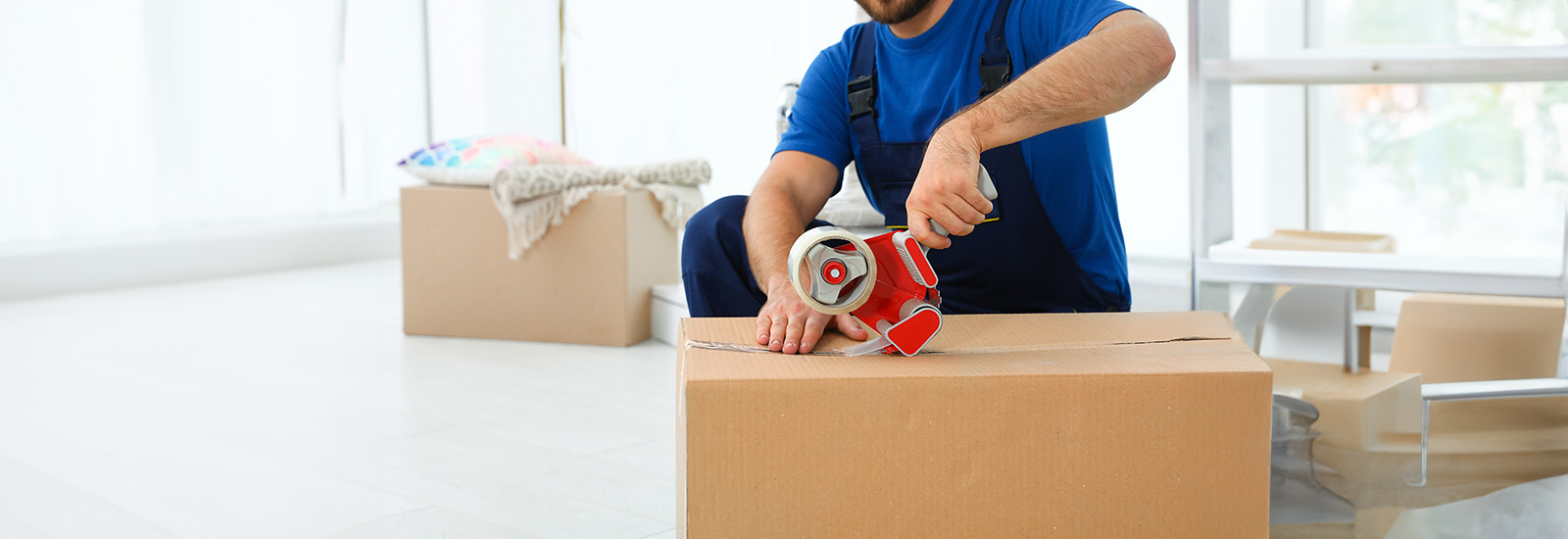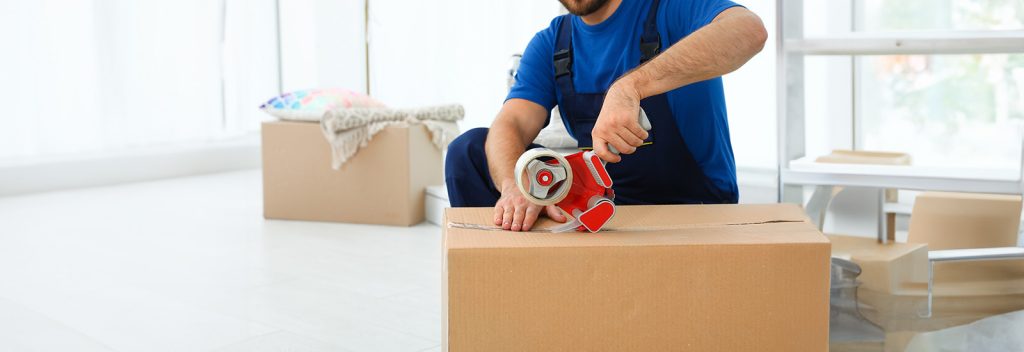Professional & Affordable Movers
in ,
Residential & Commercial Moving Services
Get a Free Moving Quote
Select the Target Moving Date
Please select a valid target moving date.
Prefer to call instead? 248-469-3644
Select Size of Move
Enter First and Last Name
Please enter your first and last name.
Please do not enter any numbers
Prefer to call instead? 248-469-3644
Enter Phone Number
Please enter a valid phone number.
Disclaimer: By submitting this form, you agree to be contacted by our company and other relocation and transportation service providers, selected by us. These companies will provide you with free estimates based on the information you provided, and may contact you via phone, SMS text, or email. You also consent to being contacted by a representative, following your relocation, to complete a review of the moving company and your recent moving experience.
Enter E-mail Address
Please enter a valid email address.
Prefer to call instead? 248-469-3644






